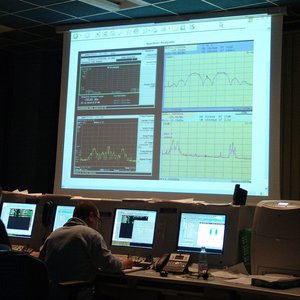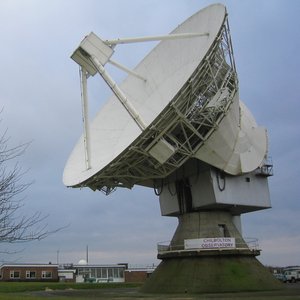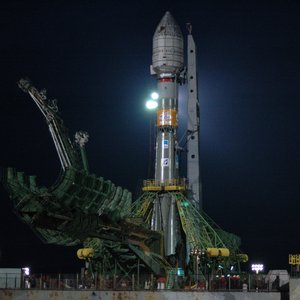
Checking the First Galileo Signals
Accurate navigation by satellite might be possible with small handheld devices but this apparent ease of use does not mean it's and easy task from a technological standpoint.
Timing signals broadcast by navigation satellites like Galileo have to arrive at these devices literally in good shape, if they are to be useful at all to derive positioning information. And the crowded electromagnetic spectrum hosts many disturbing sources that may have a negative impact on the quality of the signals.
Today's transmission sheds light on how ESA ensures that Galileo's radio signal will deliver its promises: the best navigation system in the world. The images were recorded at the Chilbolton ground station where these tests are being conducted.
VNR : Checking the first Galileo signals
TC in 10.00.40
Baïkonur, GIOVE A lift off
28 th. December 2005, Baikonur Cosmodrome, Kazakhstan. A Soyuz rocket launches GIOVE A, the first Galileo satellite. It is the start of the validation on orbit of the European Galileo navigation system, a joint initiative of the European Space Agency and the European Commission.
Chilbolton observatory
Early January 2006, United Kingdom, Chilbolton Observatory : this 25 metre antenna receives the signals transmitted by GIOVE A - an indication that the satellite is working well and the first ever Galileo signals from space!
Galileo graphics
This is one of the priorities for Giove: to demonstrate that Galileo can make use of the frequencies allocated and that the signals can be acquired correctly even by small receivers to provide positioning with great accuracy. Chilbolton antenne
The Chilbolton antenna is pointed towards GIOVE A for each of its fly-bys, tracking it to allow fine analys





